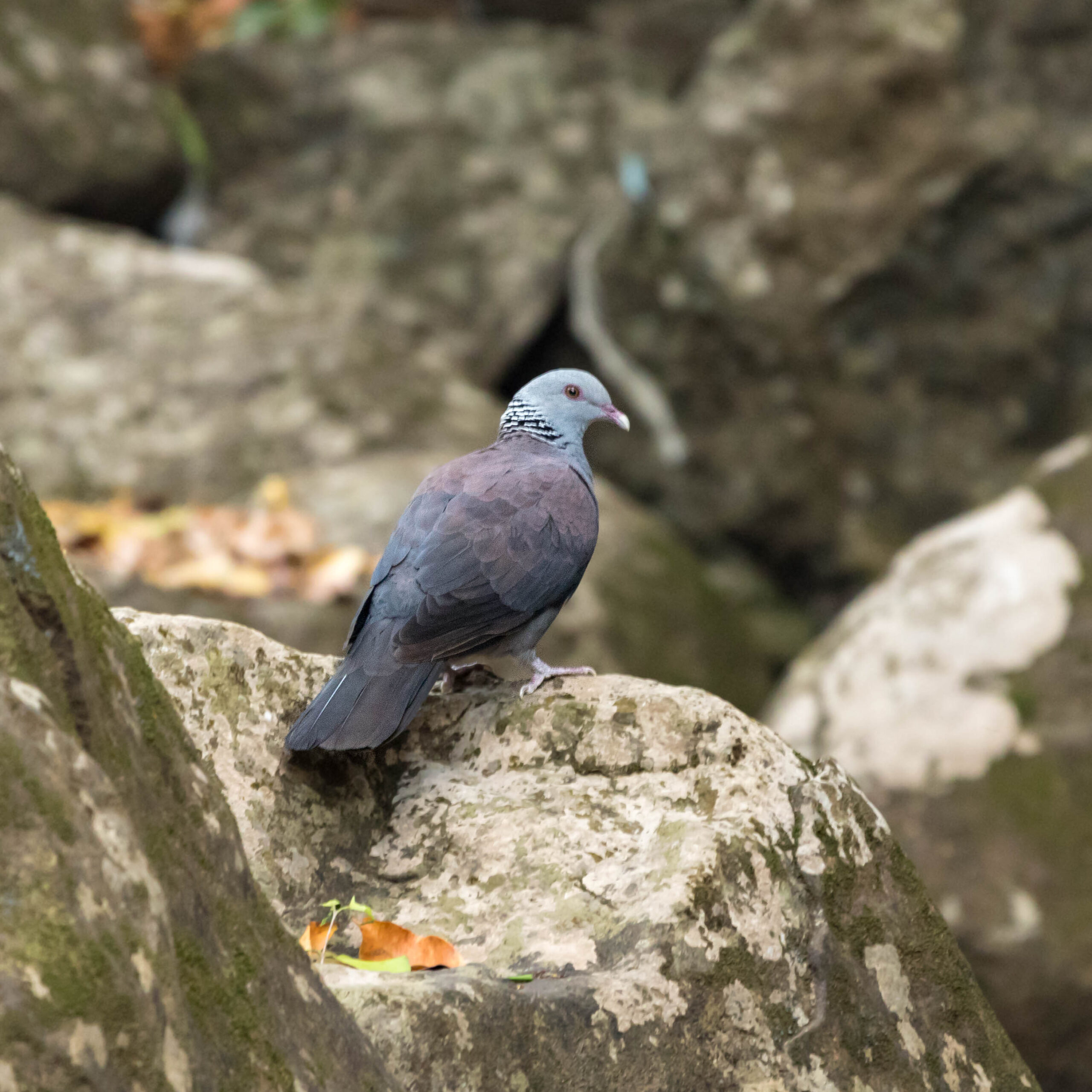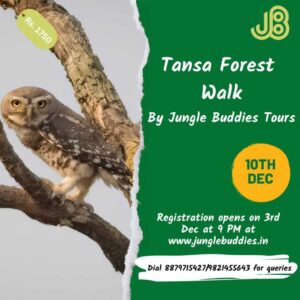Description
Matheran, which means “The Wooded Head” or “Jungle Topped,” is a picturesque mountain tabletop in the Sahyadri Range, spanning about 20 square kilometres. Matheran was first explored as a summer resort around the same time India’s first railway company, the Great Indian Peninsula Railway, was formed in 1849. After the construction of the Matheran Light Railway, it became a popular resort of the British Raj in India and remains a preferred destination for Mumbaikars.
Situated at an elevation of 2625 feet above sea level, Matheran was declared an eco-sensitive region by the Ministry of Environment, Forest and Climate Change, Government of India in 2003. It is also the only automobile-free hill station in Asia, making it an environmentally friendly destination for nature lovers. The forest of Matheran is a mix of semi-evergreen trees, which are found at the foothills till Jummapati train station, while the mountain top is evergreen, appearing dense and lush. The most dominant tree species one can find here is the Anjani or Ironwood tree. Various perennial streams attract myriad types of wildlife. Mammals like Wild Boars, Barking Deer, Indian Treeshrew, Malabar Giant Squirrel, Long Tailed Tree Mouse, Indian Gaur, and Leopard live in the forests.
For bird enthusiasts, Matheran is one of the best places near Mumbai to observe and photograph the Warblers that migrate and spend their winter in the Western Ghats. Brown Wood Owl, Tytler’s Leaf Warbler, Indian Blue Robin, and Nilgiri Wood Pigeon are some of the key species that attract birders to Matheran every year in winter.
Birding in Matheran: Birding in Matheran is all about walking the hidden trail within the Matheran market area, and parking areas. One of the famous birding sites is the Simpsons tank, but there are other areas like the valley view from the railway track, Charlotte Lake area, Panorama Point etc.
eBird Hotspot & Checklist : https://ebird.org/hotspot/L3035047
Nearest Train station: Neral
Target species expected: Birds like Nilgiri Wood Pigeon, White Cheeked Barbet, Crimson Backed Sunbird, Blue Capped Rock Thrush, Tytler’s Leaf Warbler, Yellow Browed Warbler, Indian Blue Robin, Brown Wood Owl, Forest Wagtail, Verditer Flycatcher and Indian Paradise Flycatcher. In addition, mammals like the Indian Treeshrew and Malabar Giant Squirrel are pretty common. If you are lucky, you may also see a Green Vine Snake or Tarantula.
Best time to visit: Nov-April





